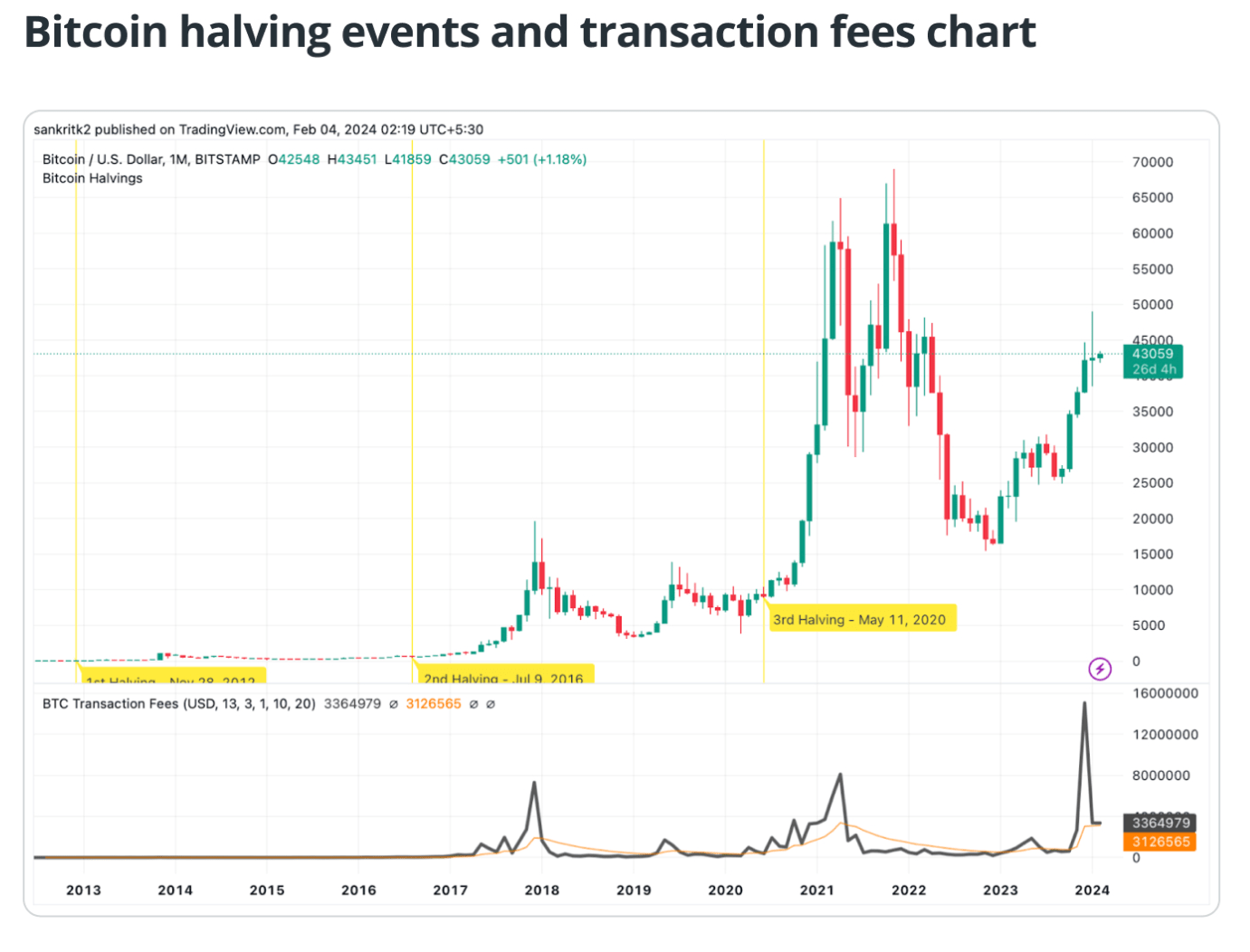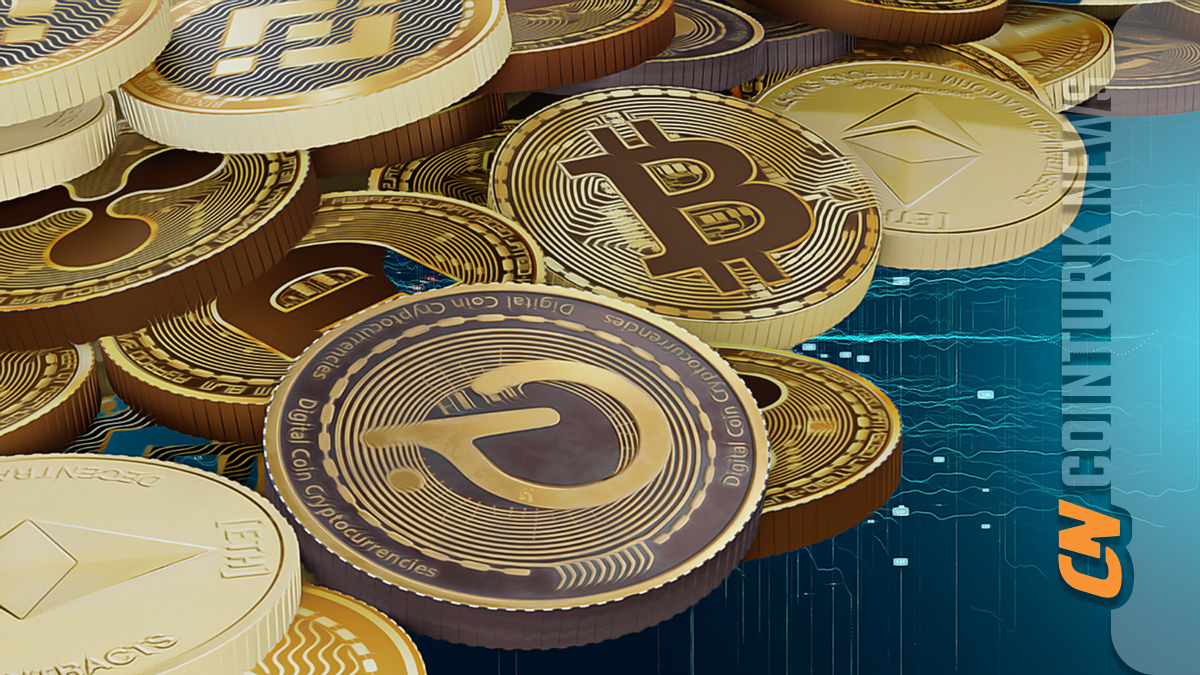Bitcoin ecosystem reduces the supply of Bitcoin by 50% through the quadrennial Bitcoin halving event. This step means a 50% reduction in income for Bitcoin miners and has indirect consequences for cross-chain interoperability. The Bitcoin halving event, which occurs approximately every four years, is favored to decrease block rewards for Bitcoin miners.
The Halving Event in the Bitcoin Ecosystem
Halving process was coded into the Bitcoin protocol by Satoshi Nakamoto. The last three halvings took place in 2012, 2016, and 2020. The first Bitcoin halving event in 2012 reduced the mining reward from 50 Bitcoins to 25 Bitcoins per block. The next Bitcoin halving event is expected to occur in April 2024 and halving cycles will continue until the last Bitcoin is mined in the year 2140.
Cross-chain interoperability refers to the ability of different blockchain networks to seamlessly share information and value. It promotes a more integrated and efficient financial ecosystem and blockchain process by enabling the fluid movement of users and assets.
Cryptocurrency market celebrates Bitcoin for its scarcity and impact on value, positioning it as a dominant force with unique market dominance. However, due to its intrinsic design as a proof of work (PoW) mechanism and a largely non-interoperable chain, the Bitcoin ecosystem remains detached from cross-chain synergy discussions. The importance and market dominance of Bitcoin still make it significant in discussions related to interoperability, albeit more indirectly.
Mining Sector and the Halving Process
With the reduction of mining rewards, miners may compete more aggressively to verify transactions, which can lead to network congestion. The halving of rewards in the Bitcoin ecosystem is designed to control the issuance of new Bitcoins and preserve the scarcity that underpins its value. A notable consequence of this event lies in its impact on network congestion and transaction fees on the Bitcoin blockchain network.

Following a halving event that reduces block rewards, miners may need to adjust their strategies to maintain profitability. As miners become more selective about the transactions in blocks, users offering higher fees gain priority, contributing to a competitive environment. The overall decrease in block rewards, often combined with increased user activity observed during halving events, leads to an increase in the number of transactions and intensifies network congestion.

 Türkçe
Türkçe Español
Español










